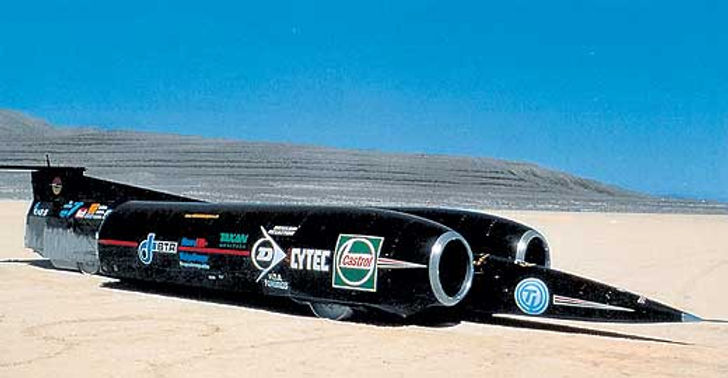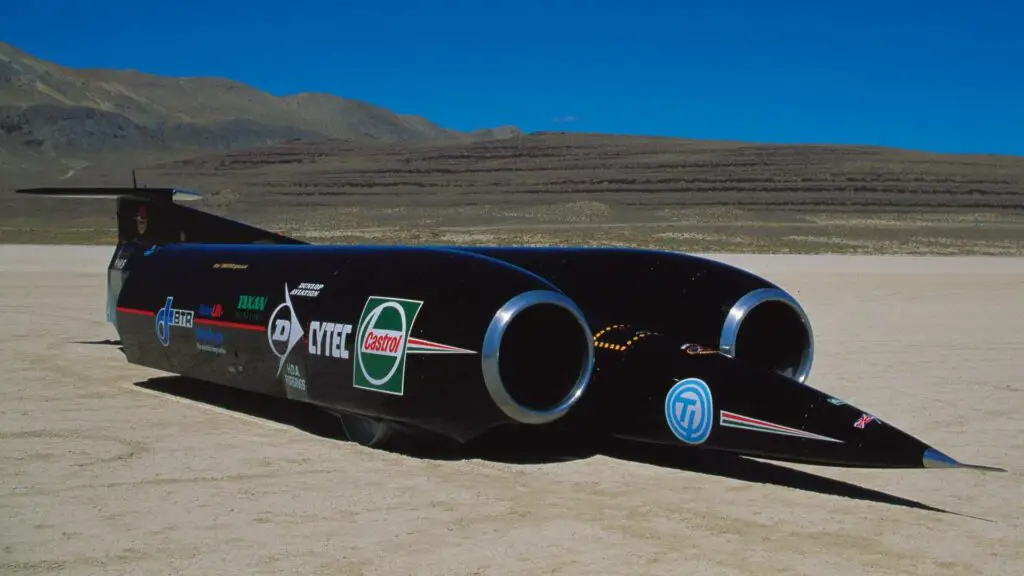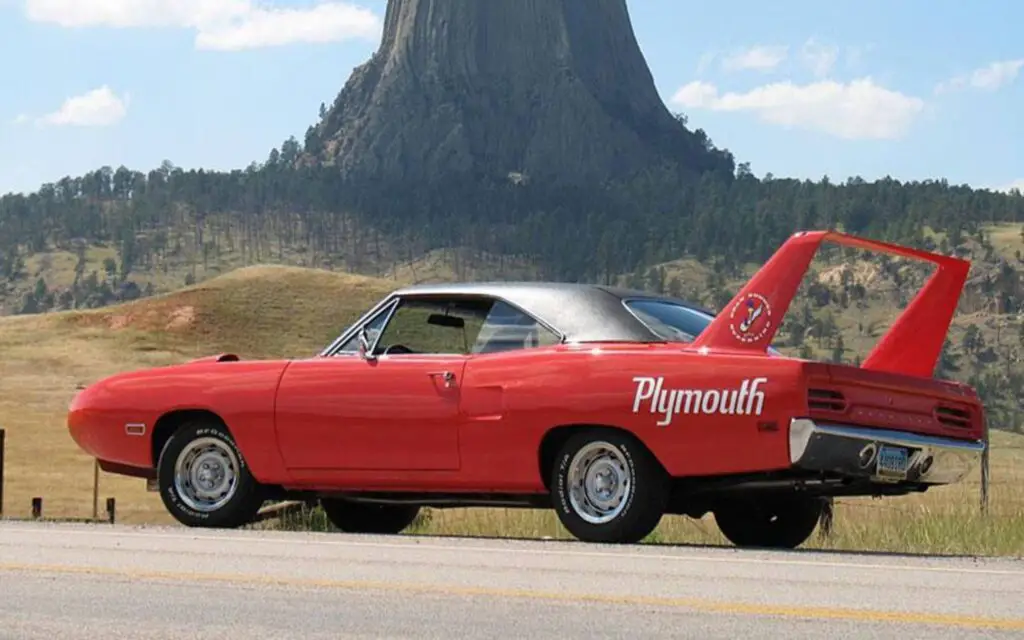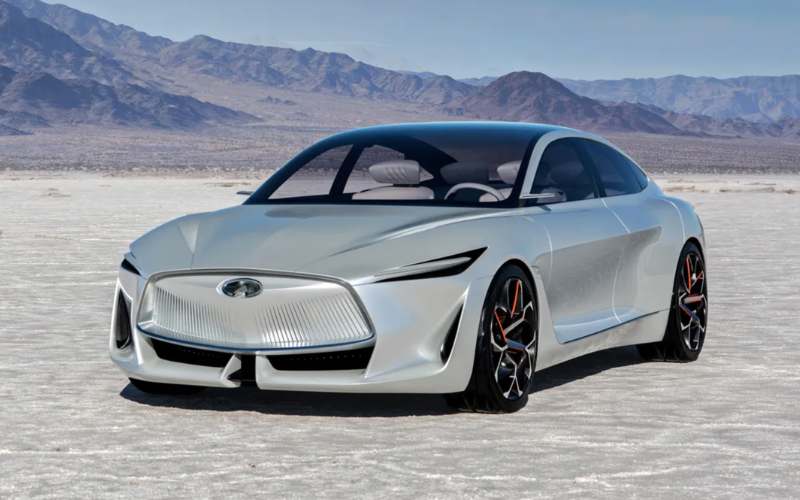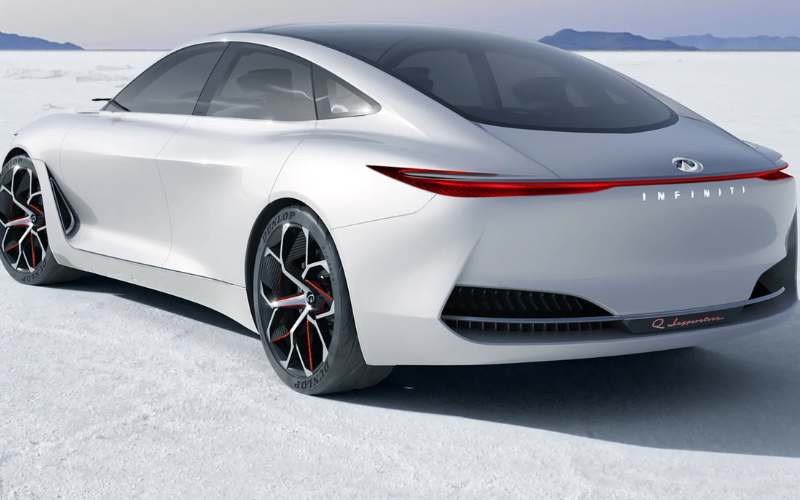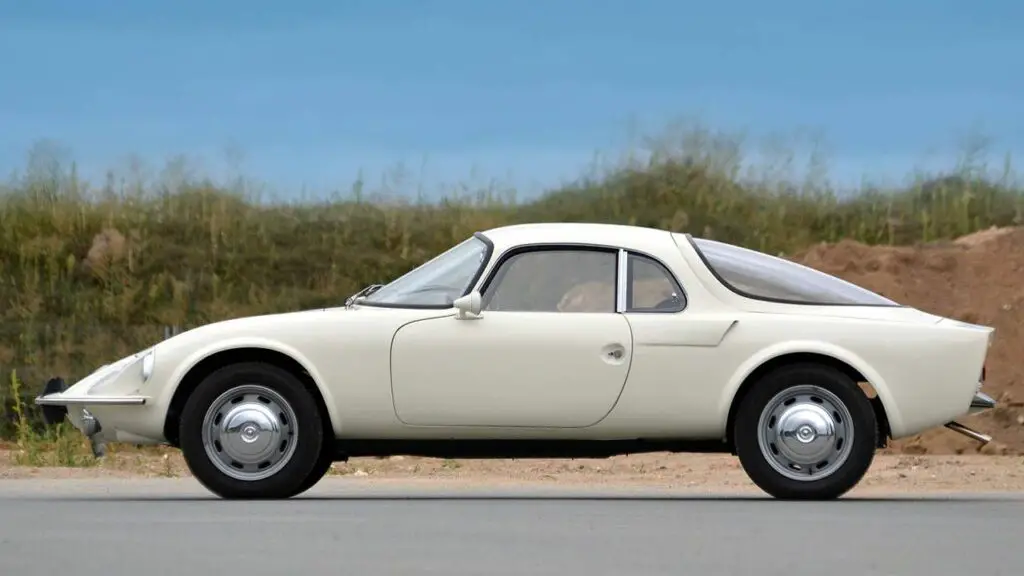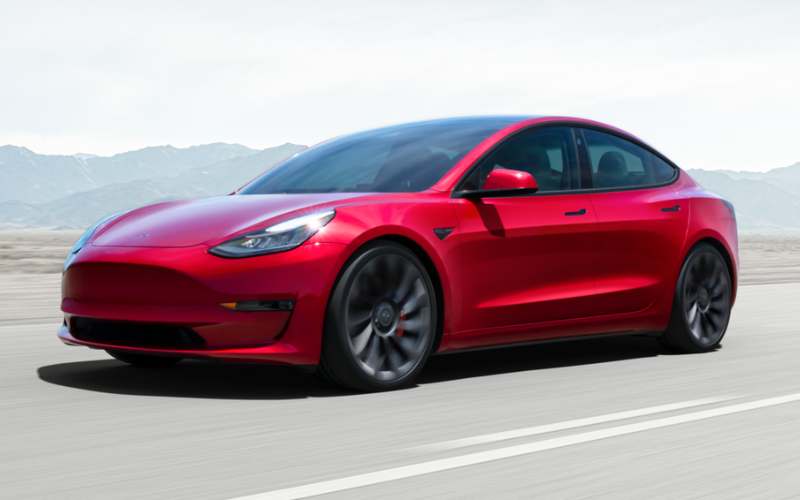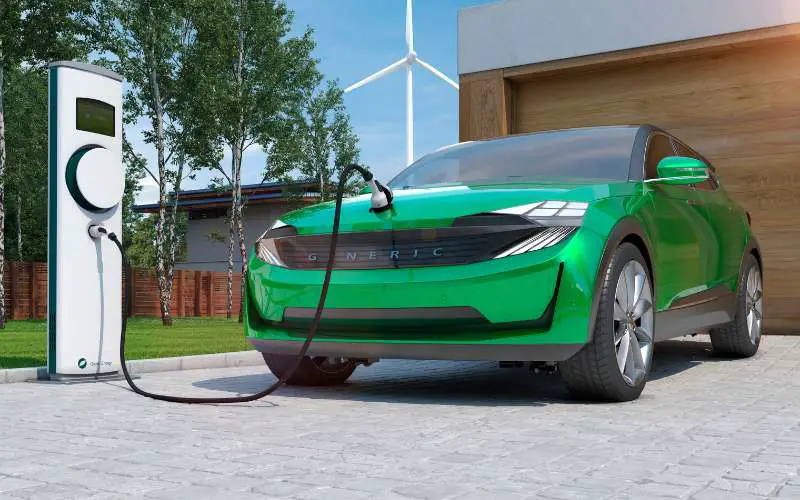It’s not just a means of transportation; your car is a statement of your style and status. Regular maintenance is not only about the engine and tires; it extends to keeping your car clean and well-maintained. It’s a reflection of your pride in ownership and responsible car care.
Washing and waxing your car isn’t just about aesthetics. It’s about preserving your car’s appearance and protecting its surface from the harsh realities of the road. In this guide, we’ll delve into the art of washing and waxing, ensuring your car not only looks fantastic but also stands the test of time.

Preparing for the Wash
Gathering Supplies
To conduct a thorough and effective car wash, you’ll need specific supplies:
- Microfiber Cloths: Ideal for gentle cleaning to prevent scratches on the paint.
- Car Soap: Choose a dedicated car wash soap to retain the vehicle’s shine.
- Buckets: Two buckets are recommended for the two-bucket method.
- Wax: Ensure you have suitable car wax for a shiny finish and surface protection.
Pre-Wash Inspection
Before initiating the wash, a pre-wash inspection is crucial:
- Identifying Problem Areas: Inspect the vehicle for problem spots like scratches, bird droppings, or tar. Address these areas with suitable treatments before starting the washing process.
- Potential Damage Detection: This inspection helps in identifying potential damage or issues that may worsen during the wash.
Washing the Car
Rinse and Pre-Soak

Beginning the wash with these preliminary steps:
- Rinse the Car: Use a hose or pressure washer to thoroughly rinse the vehicle, effectively removing loose dirt and debris.
- Pre-Soak: Apply a designated pre-soak solution or use the two-bucket method to pre-soak the vehicle, allowing the dirt to soften and loosen.
Washing Techniques
Essential techniques for a scratch-free wash:
- Two-Bucket Method: Use one bucket for soapy water and the other for clean water. This method helps prevent transferring dirt back onto the car’s surface, minimizing potential scratches.
- Proper Washing: Start washing from the top and work your way down, using gentle, overlapping motions. Always rinse the wash mitt in the clean water bucket to prevent grit from reappearing on the mitt.
Drying the Car
Importance of Drying
Thorough drying is critical after washing to prevent unsightly water spots or streaks that could mar the vehicle’s surface.
Proper Drying Techniques
Utilize microfiber towels and follow these techniques to dry your vehicle safely:
- Blotting, Not Wiping: Use the microfiber towels to blot the water rather than wiping aggressively to avoid potential scratches.
- Start from the Top: Begin drying from the roof and gradually work your way down, ensuring all surfaces are thoroughly dried without leaving water spots.
Waxing and Protecting
Benefits of Waxing

Wax isn’t just for a brilliant shine; it’s the protective shield your car needs:
- Preserving Shine: Wax acts as a protective layer, preserving the paint and maintaining that coveted shine.
- Shielding against Elements: It safeguards the paint from UV rays, road grime, and environmental contaminants.
Wax Application
Guidelines for applying wax and choosing the right type:
- Application Techniques: Use even, circular motions to apply wax, ensuring an even coating across the vehicle.
- Choosing the Right Wax: Select a wax suitable for your car’s finish, whether it’s clear coat, matte, or glossy, to achieve the best results.
Special Tips and Tricks
Wheel and Tire Care
Proper care for wheels and tires is crucial to maintain your car’s overall appearance:
- Wheel Cleaning: Use a designated wheel cleaner and a soft brush to ensure thorough cleaning of brake dust and grime.
- Tire Maintenance: Apply a specialized tire cleaner or dressing to maintain a sleek look while also protecting against cracking and fading.
Interior Touches
Maintaining a clean and comfortable interior is just as essential:
- Surface Cleaning: Use appropriate cleaners for different surfaces, like vinyl, leather, or cloth seats, ensuring a spotless cabin.
- Vacuuming: Regularly vacuum the interior to eliminate dust, debris, and crumbs, ensuring a tidy and hygienic space.
Regular Maintenance Schedule
Creating a Schedule
Encourage a consistent washing and waxing schedule to sustain your car’s appearance and value:
- Consistency is Key: Regular maintenance preserves the vehicle’s overall aesthetics and helps maintain its resale value.
Frequency Recommendations
Offer suggestions on the ideal washing and waxing frequency:
- Variables to Consider: Suggest washing every two weeks and waxing every three months, but frequency may vary based on climate, usage, and environmental factors.
Wrap Up
Maintaining a well-groomed car involves more than a sparkling exterior. The process of washing, drying, and waxing isn’t merely about aesthetics; it’s an investment in your vehicle’s longevity. This guide aimed to emphasize the importance of a thorough cleaning routine, extending from the exterior surfaces to the interior cabin.
Regular maintenance and scheduled care not only enhance your car’s appearance but also sustain its value. Implementing these practices ensures your vehicle stays radiant, protected, and reliable for miles to come.

